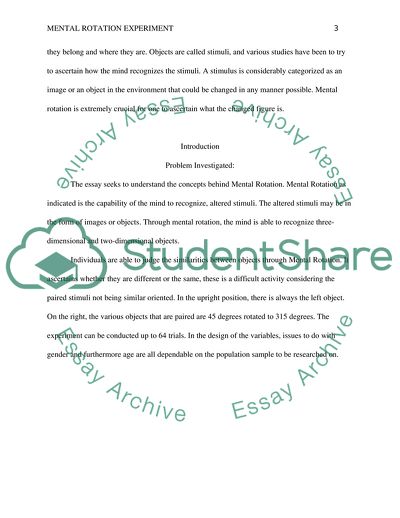Cite this document
(Mental Rotation Experiment Report Example | Topics and Well Written Essays - 1250 words, n.d.)
Mental Rotation Experiment Report Example | Topics and Well Written Essays - 1250 words. https://studentshare.org/psychology/1774410-psychology-laboratory-research-report-mental-rotation-experiment
Mental Rotation Experiment Report Example | Topics and Well Written Essays - 1250 words. https://studentshare.org/psychology/1774410-psychology-laboratory-research-report-mental-rotation-experiment
(Mental Rotation Experiment Report Example | Topics and Well Written Essays - 1250 Words)
Mental Rotation Experiment Report Example | Topics and Well Written Essays - 1250 Words. https://studentshare.org/psychology/1774410-psychology-laboratory-research-report-mental-rotation-experiment.
Mental Rotation Experiment Report Example | Topics and Well Written Essays - 1250 Words. https://studentshare.org/psychology/1774410-psychology-laboratory-research-report-mental-rotation-experiment.
“Mental Rotation Experiment Report Example | Topics and Well Written Essays - 1250 Words”. https://studentshare.org/psychology/1774410-psychology-laboratory-research-report-mental-rotation-experiment.


